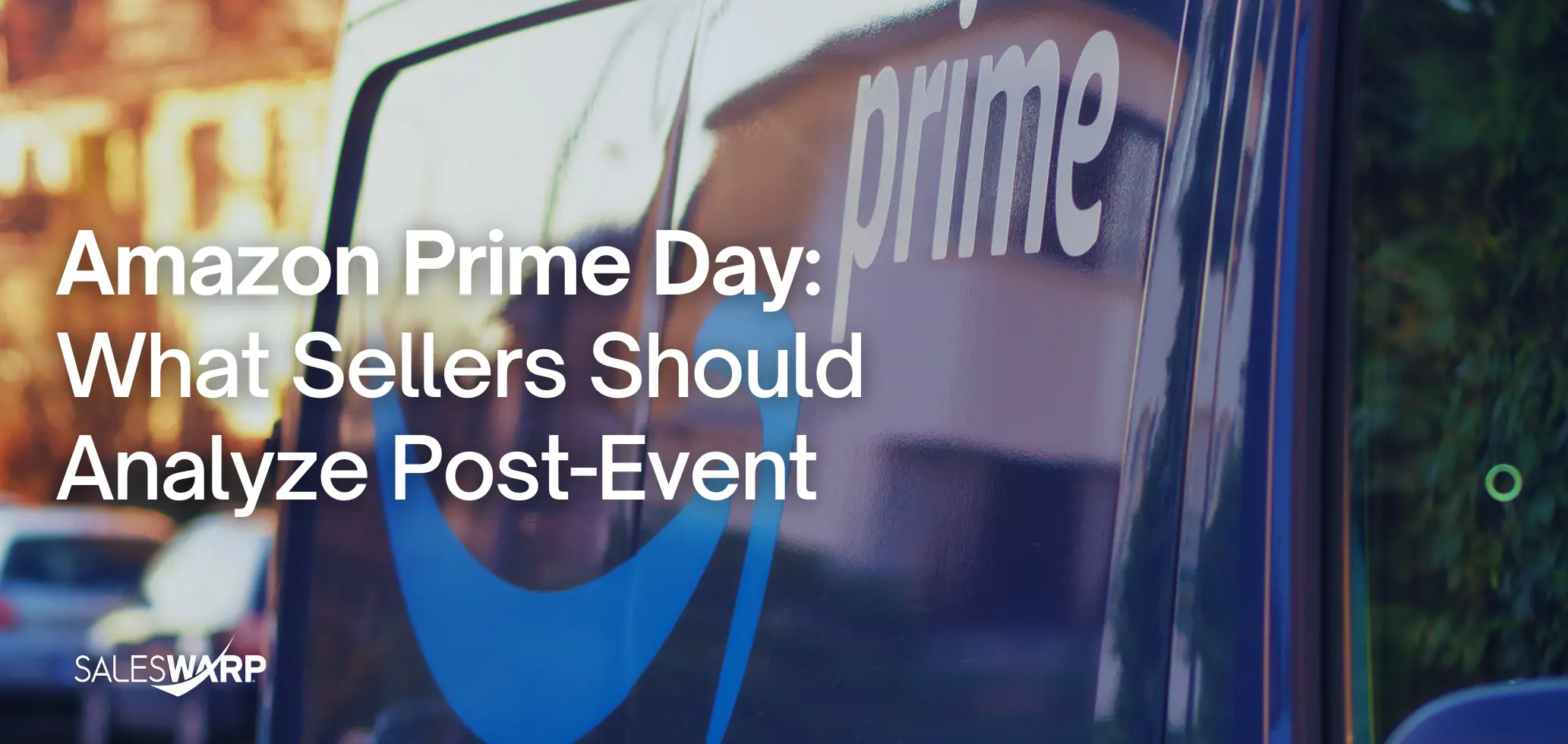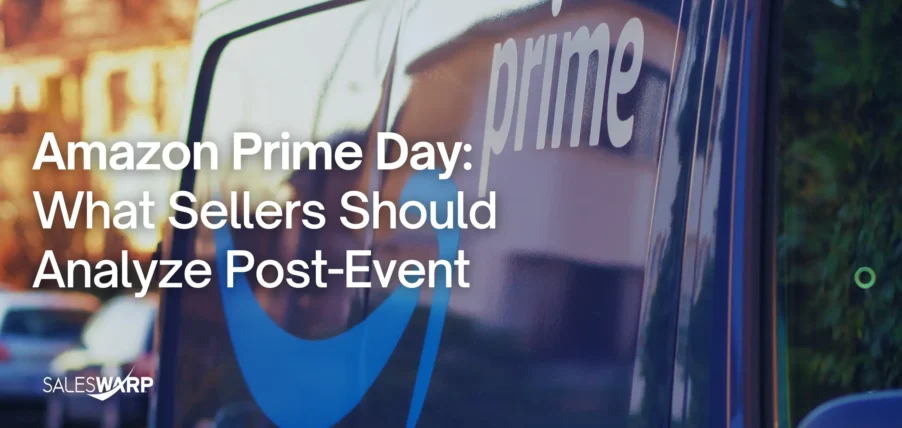Amazon Prime Day: What Sellers Should Analyze Post-Event

Amazon Prime Day may be a short-lived sales explosion, but its effects can ripple for weeks—good and bad. The fallout isn’t just about final sales figures. It’s the insights you extract from performance data that help you fine-tune your strategy for Q4 and beyond.
In this post-event window, savvy sellers use deep analytics to answer essential questions like:
• Which SKUs were profitable vs. just popular?
• Did my ads drive meaningful conversions?
• Am I sitting on a ticking inventory time bomb?
Here’s a guide to what every seller should be analyzing after Amazon Prime Day wraps.
Post-Event Metrics to Analyze After Prime Day
1. Sales Uplift vs. Baseline Metrics
Don’t celebrate gross sales alone. Compare your Prime Day performance against a 7- or 30-day baseline. If you sold 2,100 units on Prime Day compared to an average of 300 units per day during the baseline period, that’s a 600% increase. Similarly, if revenue jumped from a $6,000 daily average to $42,000 on Prime Day, that’s also a 600% uplift. Use these comparisons to determine whether your discounts and marketing efforts were truly worth it.
2. SKU-Level Profitability Review
Best-selling doesn’t mean best-profiting. Analyze each SKU for:
• Discounts applied
• Cost of goods sold (COGS)
• Ad spend per unit
• Amazon fees
This helps you avoid the trap of “vanity sales” with little margin gain.
3. Inventory Depletion and Replenishment Timelines
Did your Prime Day SKUs sell out too fast or not at all? Both outcomes require attention:
• Reorder top movers with appropriate lead time.
• Reassess demand forecasts for slow SKUs.
Avoid being out of stock right before Q4, this could kill Buy Box retention.
4. Ad Spend ROI and TACoS Evaluation
Calculate both:
• ACoS (Ad Cost of Sale): Sponsored sales only
• TACoS (Total Advertising Cost of Sale): Includes organic sales
A post-Prime Day drop in TACoS may signal improved organic rankings—a win.
5. Conversion Rate Trends and Page Optimization
Look at your product page performance:
• Did conversion rates increase?
• Were changes made pre-Prime Day (images, bullets, A+ content) effective?
If certain pages converted above average, replicate those design and copy strategies across other ASINs.
6. Customer Acquisition Quality
Did the event bring loyal customers?
• Review repeat purchase rates 2-3 weeks post-event
• Use CRM or Amazon Brand Analytics to track customer lifecycle
Bonus Insight: Consider remarketing to this cohort via DSP or email.
7. Return Rate and Post-Event Refund Analysis
A sudden surge in returns can destroy your profit margin.
Audit returns by SKU to catch:
• Quality issues
• Size/fit misalignments
• Misleading product descriptions
8. Competitor Performance Benchmarking
Use tools like Jungle Scout or Helium 10 to check:
• How did competitor listings rank before and after Prime Day?
• Who offered steeper discounts or better promotions?
• Which keywords did they dominate?
Learn and borrow what worked for them.
9. Fulfillment Center Performance and Delays
Prime Day strains Amazon’s FBA network. Look into:
• Delayed deliveries
• Late shipment warnings
• Negative reviews citing shipping
Flag FBA limitations early to consider 3PL options next time.
10. Brand Awareness and Search Term Growth
Use Amazon Brand Analytics or third-party keyword tools to monitor:
• Branded search term increases
• ASIN-level keyword movement
• Category rankings
A Prime Day win isn’t just about short-term sales—it’s a brand discovery event.
11. Ratings, Reviews, and Post-Sale Sentiment
Check new reviews added during and after Amazon Prime Day. Ask:
• Are ratings consistent?
• Are there recurring complaints?
• Did packaging or delivery disappoint?
Action step: Implement product review requests via email or Amazon’s “Request a Review” tool.
Amazon Prime Day’s fallout is a goldmine of strategic insight. By analyzing the right metrics, sellers can double down on profitable SKUs, fix operational or listing bottlenecks, and plan smarter for Black Friday, Cyber Monday, and more. Start today.
SalesWarp helps you stay ahead with real-time order, inventory, and fulfillment data across every channel. Schedule a demo with a SalesWarp specialist today to learn more.

